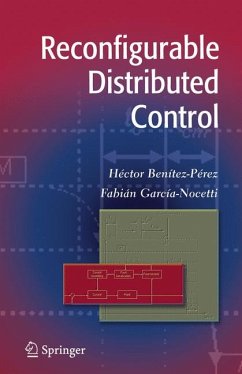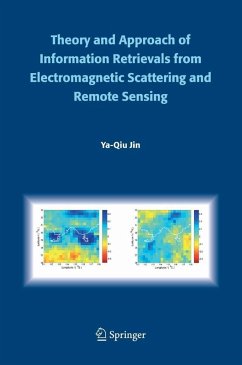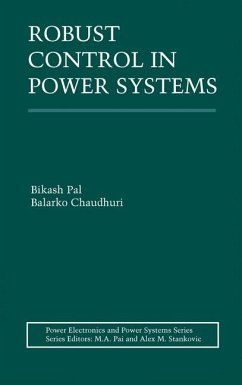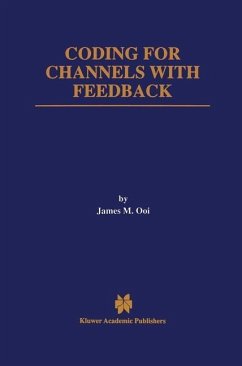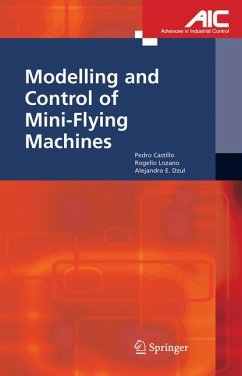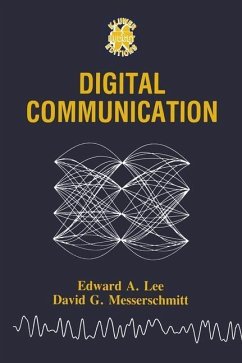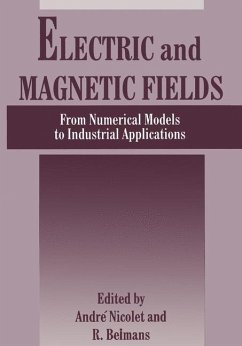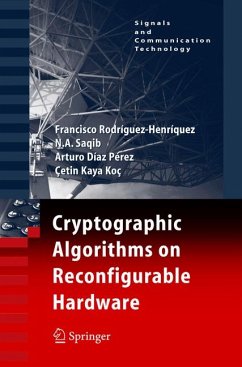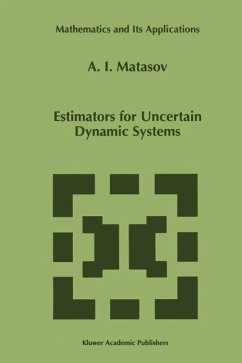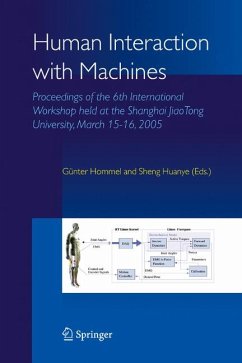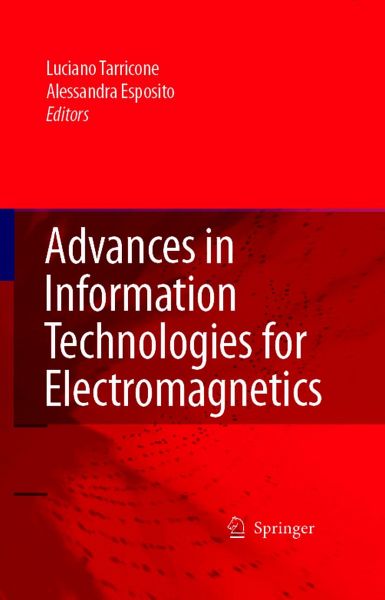
Advances in Information Technologies for Electromagnetics (eBook, PDF)

PAYBACK Punkte
57 °P sammeln!
This book offers a broad panorama on recently achieved and potentially obtainable advances in electromagnetics with innovative IT technologies.
Simple tutorial chapters introduce cutting edge technologies. These include parallel and distributed computing, object-oriented technologies, grid computing, semantic grids, agent based computing and service-oriented architectures. The book is a unique tool bridging the gap between IT and EM communities.
Simple tutorial chapters introduce cutting edge technologies. These include parallel and distributed computing, object-oriented technologies, grid computing, semantic grids, agent based computing and service-oriented architectures. The book is a unique tool bridging the gap between IT and EM communities.
Dieser Download kann aus rechtlichen Gründen nur mit Rechnungsadresse in A, B, BG, CY, CZ, D, DK, EW, E, FIN, F, GR, HR, H, IRL, I, LT, L, LR, M, NL, PL, P, R, S, SLO, SK ausgeliefert werden.



